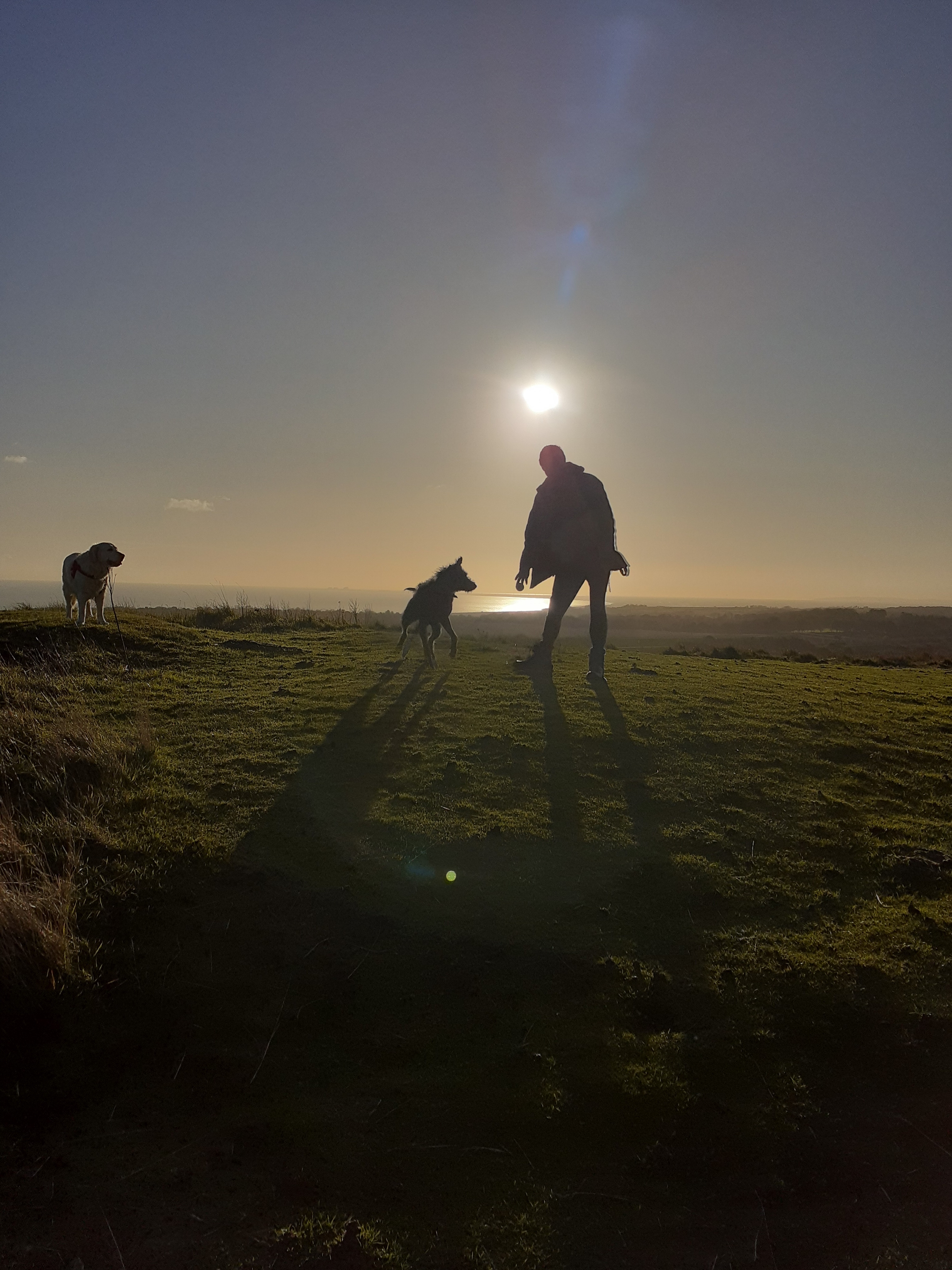Due to man's impact on the environment our planet is changing rapidly. Geologists who normally only see time as a concept in terms of rock formations and strata, are already referring to the latest man-made epoch as the 'anthropocene'. As can be seen on Google Earth Time-lapse and due to expanding populations, new cities (global urbanisation) and urban crawl green space is an increasingly precious commodity. Do the obvious risks to our health and well being go beyond just the physical?

What is the evidence that there is a positive relationship between levels of neighbourhood green space and mental health and well-being?
Now that it's gone
We now have clear evidence of what we had and (in the words of Joni Mitchell), "what we've got now that it's gone".
An article, The importance of greenspace for mental health published in BJPsych International makes the following important observations:
- Individuals have less mental distress, less anxiety and depression, greater wellbeing and healthier cortisol profiles when living in urban areas with more greenspace compared with less greenspace.
- Large differences in disease prevalence are reported when comparing residents of very green and less green settings, even after controlling for socioeconomic status
- The quantity of nearby green space buffers life stresses.
- However, self-selection may contribute to the positive relationship between green space and better health, because healthier individuals tend to move to or stay in greener neighbourhoods.
- People who move house from a less green to a more green area have been found to show significantly better mental health.
In a sign of the times, the article goes on to point out that, "if greenspace were considered in the same way as a drug for mental health and well-being would be, more detailed understanding of its mechanisms would lead to optimal dosage, and knowledge of when and for whom it might work best".
The evidence is being backed up by increasing amounts of research that shows the likely mechanisms for the positive relationship between green space and our health. These include the following bio-mechanisms:
- Sensory-perceptual,
- Immunological processes,
- Air quality,
- Physical activity,
- Stress and social integration.
Green space - free-at-the-point-of-access?
In the article Outdoor “green exercise” provides £2.2bn of public health benefits a year makes the point that policy makers must now take the stance of, "essentially free-at-the-point-of-access environments" when looking at situations such as whether of not to grant planning permission for building on green space, especially when there are other healthier options.
Most of us know intuitively that the evident obsession to continually concrete over our green spaces is a pathological form of self-harm. Most of us also know that continuing to do the same thing and expecting a different outcome is a form of madness. Furthermore, we probably feel that the medical evidence only goes to state the blindingly obvious. The trouble is that sometimes the obvious needs to be repeatedly stated.
Unless we keep, protect and treasure our precious green spaces we will become increasingly unhealthy. It is a plain evidence-based fact.






